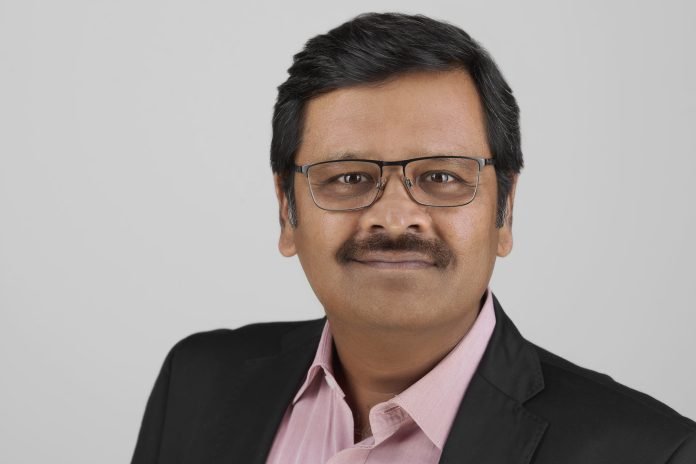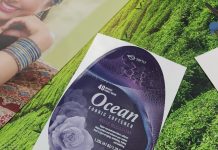
Packaging South Asia had a conversation with Manoj Kochar, managing director of Holoflex and president of the Authentication Solutions Provider Association (ASPA). We talked about the progress made by the Indian solution providers and the persisting problems due to a lack of awareness among consumers. Apart from counterfeits and the disruption in the supply chain, we discussed topics such as product tampering and phygital solutions.
Formerly known as the Hologram Manufacturers Association of India, ASPA is a self-regulated non-profit organization representing the entire spectrum of physical and digital authentication and traceability solutions globally. Founded in 1998, ASPA raises awareness about the importance of these solutions for brand, document, revenue protection, and consumer empowerment.
The earliest form of counterfeiting, Kochhar says, were familiar forms of money — early coins were subject to counterfeiting via a range of different methods. Around 400 BC, Greek coins were commonly counterfeited by covering metal with lower value with a layer of precious metal. Another way was by making a mold from a lower-value copper coin, which was then filled with molten metal to form a counterfeit.
Security features, as Kochar explains, focus on two conventional aspects referred to as covert and overt features. “Covert and overt features are security elements that are used to protect products, documents, and currency from counterfeiting. Overt features are easily visible while covert features are hidden or concealed visible either. With a fusion of physical and digital elements, we get the phygital approach that can be a solution to the escalating challenges posed by counterfeiting.”
The discussion underscored the significance of incorporating advanced technologies such as nano-engraving, RFID, holograms, QR codes, and blockchain into packaging design. These technologies not only enable real-time tracking and authentication but also empower consumers to verify product authenticity effortlessly.
According to him, the concern among brand owners is the low scan of QR codes. He says, “The scans on purchased products do not even amount to 1% of the sales. While QR codes are not as strong for authentication, non-clonable QR codes are. When consumers don’t scan, it puts up a barrier for the brand to engage with the end consumer.”
Food and pharma require authentication and traceability because when a product is tampered with, there’s no telling how dangerous it can be upon consumption. “Awareness is the biggest gap that we have noticed. For instance, a medicine or any pharma product has a batch number. Upon purchase, a consumer can tally the batch number on the product with the bill to confirm if you have received is the authentic one. Not many consumers are aware, or even if they are, they feel reluctant and this is one of the reasons counterfeit products are still at large.”
ASPA in collaboration with The Rise, will host the 6th edition of the Traceability and Authentication Forum (TAF 2025) on 17-18 March 2025 at Eros Hotel, Nehru Place, New Delhi. TAF 2025, themed ‘Path to a Secure Future – Authentication and Traceability for All,’ is recognized as a premier global platform for tackling challenges related to counterfeiting, traceability, and brand protection.









